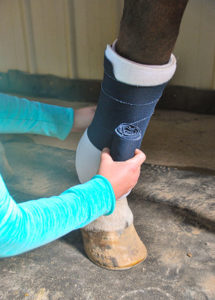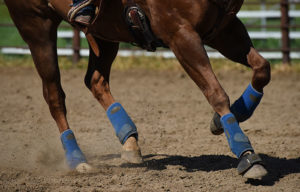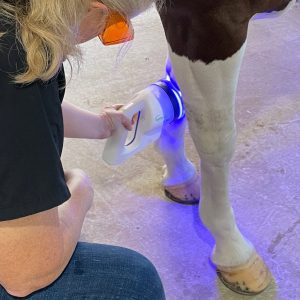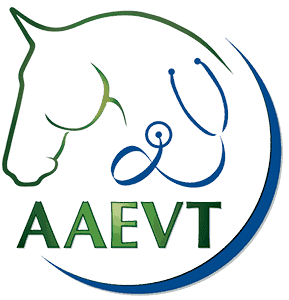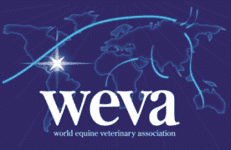CEM Confirmed in British Horse
The United Kingdom’s Department for the Environment, Food, and Rural Affairs (Defra) announced the detection of a contagious equine metritis (CEM) carrier stallion in the Frome area of Somerset (in southwest England) on April 30. Officials
- Topics: Article, Contagious Equine Metritis (CEM)
The United Kingdom’s Department for the Environment, Food, and Rural Affairs (Defra) announced the detection of a contagious equine metritis (CEM) carrier stallion in the Frome area of Somerset (in southwest England) on April 30. Officials said the horse is not believed to have been used for breeding purposes in the U.K.
Contagious equine metritis is a non-systemic, contagious venereal disease of horses that poses no risk to humans. It is not prevalent worldwide, and outbreaks are sporadic. Since 1980, there have been no reported cases except in Europe and Japan. The number of reported cases annually is generally in single figures. The usual measures of control are surveillance, monitoring, screening for detection of carrier stallions and mares, and movement controls.
The disease was last confirmed in Great Britain in a stallion and a mare in 2002 and a mare in 2003. The severity of disease caused by the CEM organism, Taylorella equigenitalis, varies. The main external clinical sign in a mare is a mild to heavy discharge from the vulva, resulting from an inflammation of the uterus (endometritis), cervix, and vagina. Occasionally mares will show no clinical signs. Most mares will experience a period of temporary infertility if they have CEM. Abortion is a very rare sequel to infection. The incubation period ranges from two to 12 days, and the period of clinical disease can last up to two weeks. Infected stallions do not exhibit any clinical signs or evidence of infection with the causal organism which is harbored on their external genitalia.
Further details can be found at: https://www.defra.gov.uk/animalh/diseases/notifiable/disease/contagious_equine_metritis.htm or on the Horserace Betting Levy Board’s web site at https://www.hblb.org.uk/hblbweb.nsf/homepage
Create a free account with TheHorse.com to view this content.
TheHorse.com is home to thousands of free articles about horse health care. In order to access some of our exclusive free content, you must be signed into TheHorse.com.
Start your free account today!
Already have an account?
and continue reading.
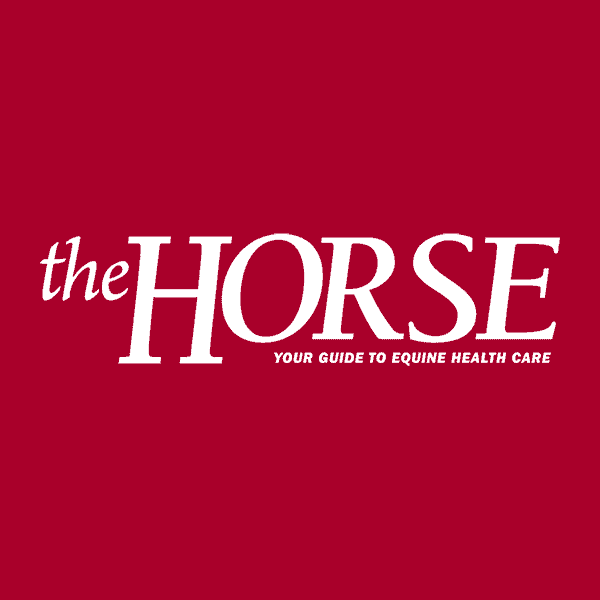
Written by:
The Horse Staff
Related Articles
Stay on top of the most recent Horse Health news with
